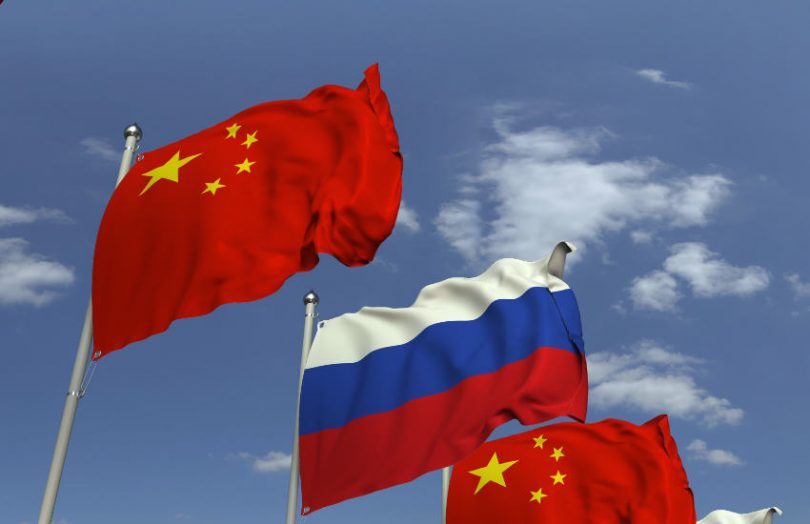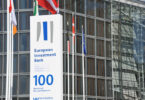Today an article ran in multiple Chinese state media outlets exploring the partial sanctions preventing some Russian banks from using SWIFT, the cross border payment messaging system. As we previously reported, China is involved in cross border digital currency research initiatives which could reduce the impact of possible future SWIFT bans.
The state press article discusses the partial Russian SWIFT ban but makes no mention at all of the Ukraine war.
“Given the wanton manipulation by the West, the credibility of SWIFT has been questioned, and international attempts to ‘de-SWIFT’ have never stopped,” states the article. “If the SWIFT system continues to become a Western sanctions tool, its credibility will continue to be lost.”
It pointed out that the ban is partial and will have only a limited impact on energy exports, hence concluding its effect is not as substantial. “It remains to be seen whether the West is willing to bear the cost of killing one thousand enemies and self-destructing eight hundred. It is obviously unrealistic to completely block a resource-rich country like Russia,” states the article published by the state-run Xinhua news agency.
Reference was made to Russia’s SPFS system – a new local SWIFT alternative – with which 23 foreign banks are connected (we think it might be closer to 33). Most of the banks are based in former Soviet states such as Belarus, Kyrgyzstan, Kazakhstan, and Armenia. Others are European subsidiaries of Russian banks such as the German arm of VTB Bank and the Swiss arm of Gazprombank. One outlier is Cuba’s Banco Financiero Internacional.
The Chinese reports states that a key reason for SWIFT’s strength is it’s the primary mechanism for messaging transfers in US dollars and the Euro. According to SWIFT figures, as of February 2021, the combined share of USD and Euro payments via SWIFT was 75.5%.
The article concludes that “the currency status of emerging markets will continue to rise, and the influence of the SWIFT system may gradually decline. In the long run, the market may form a more diversified global financial communication service pattern.”






